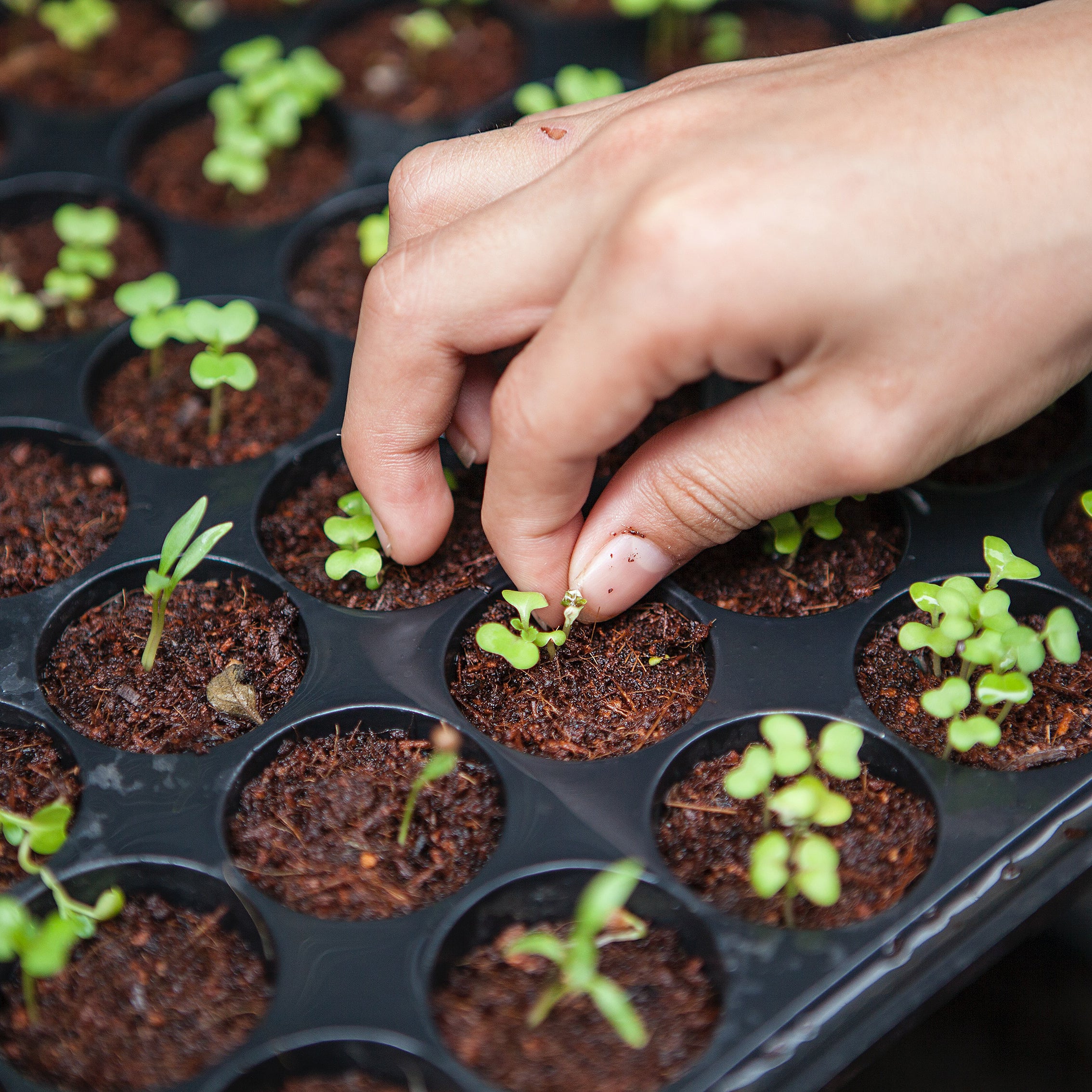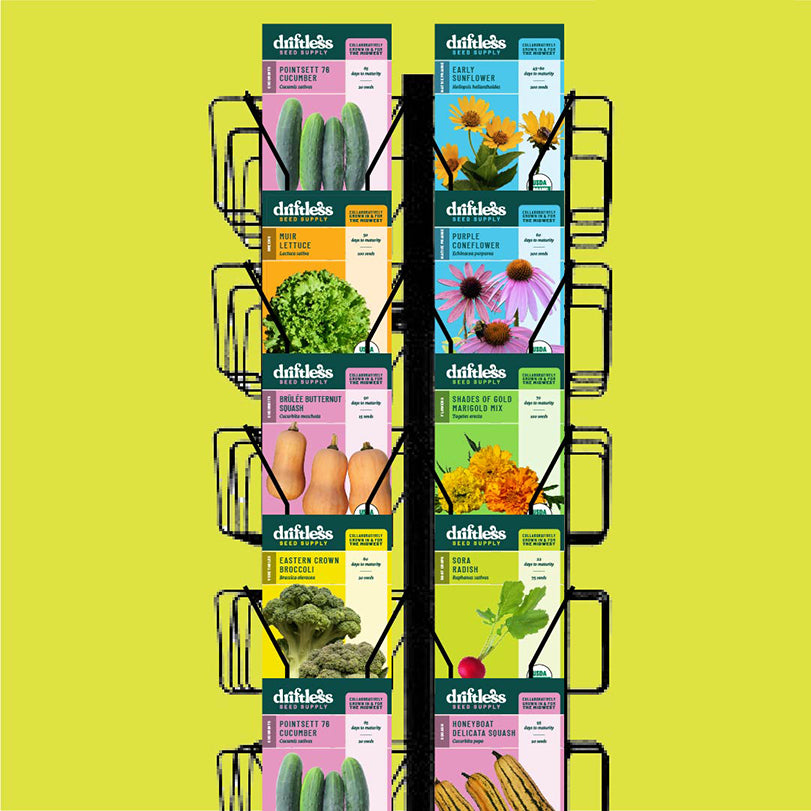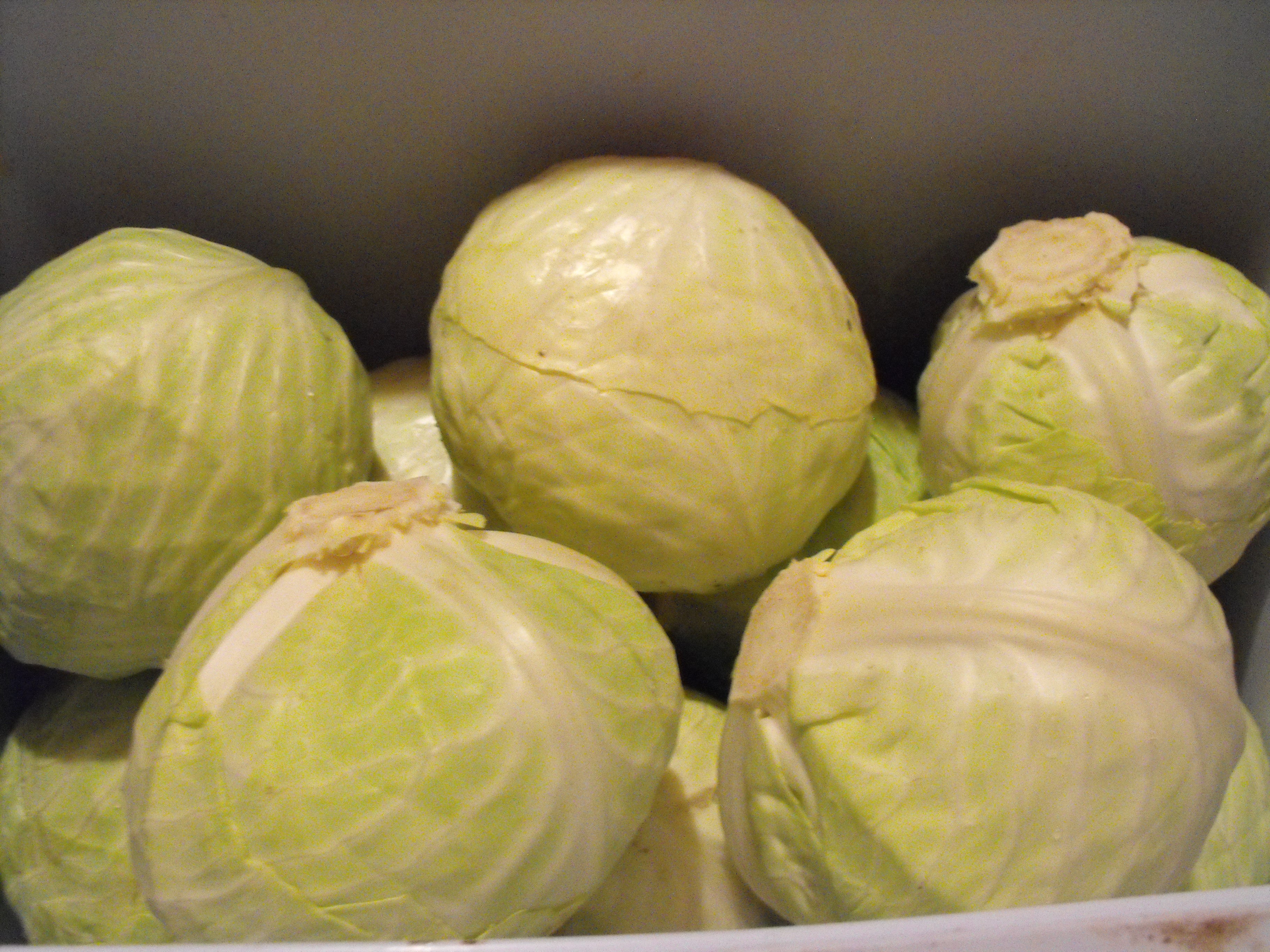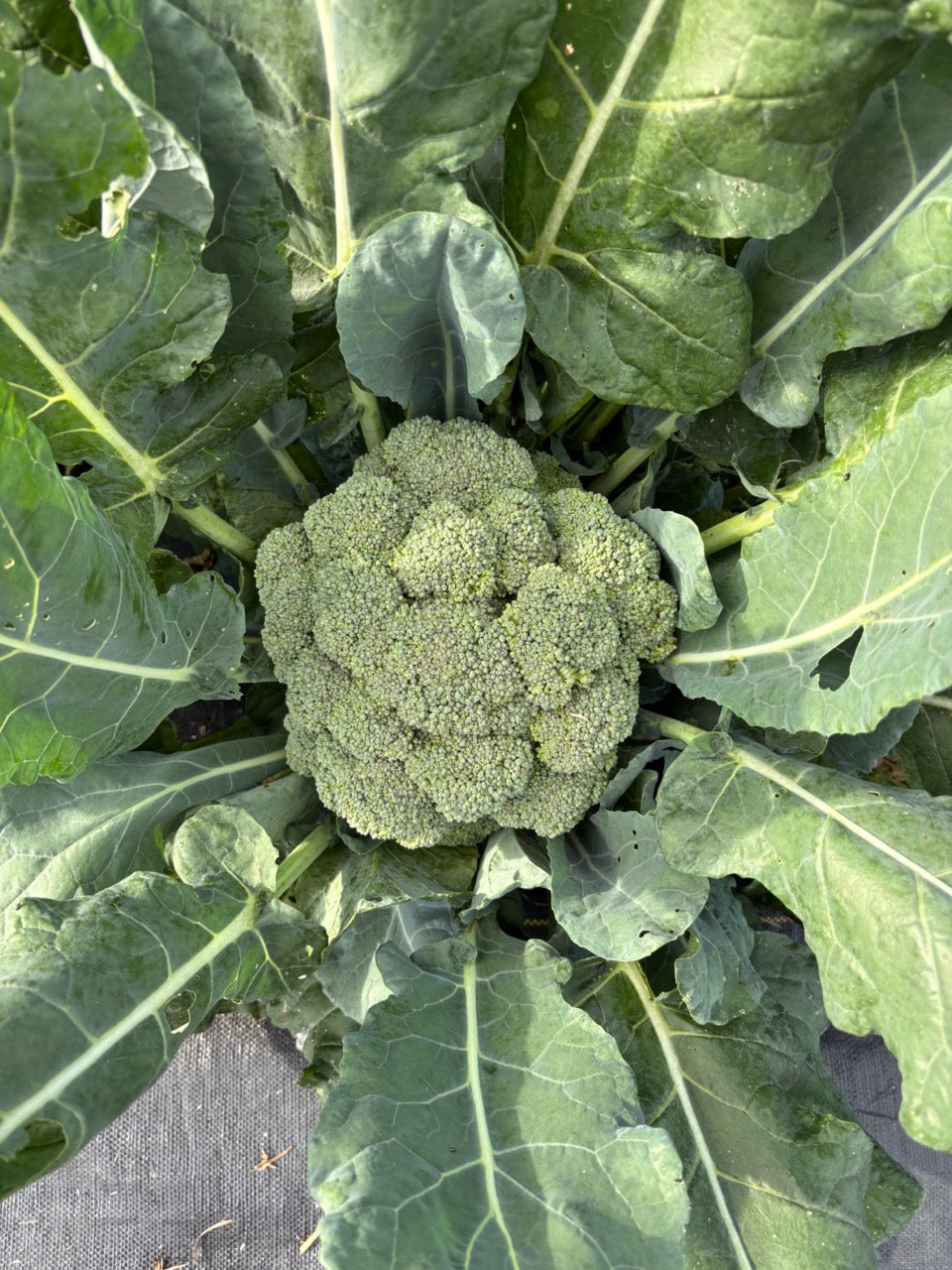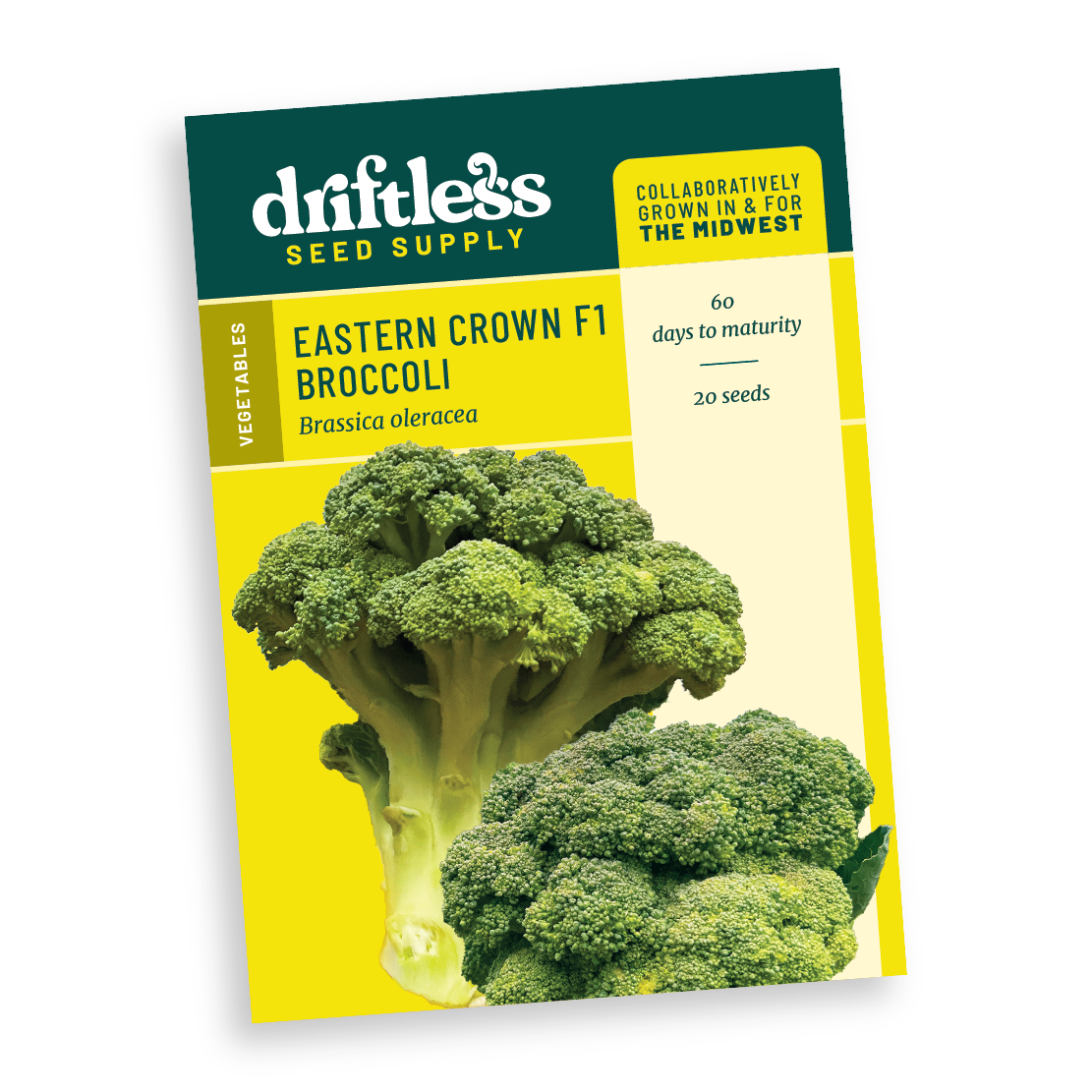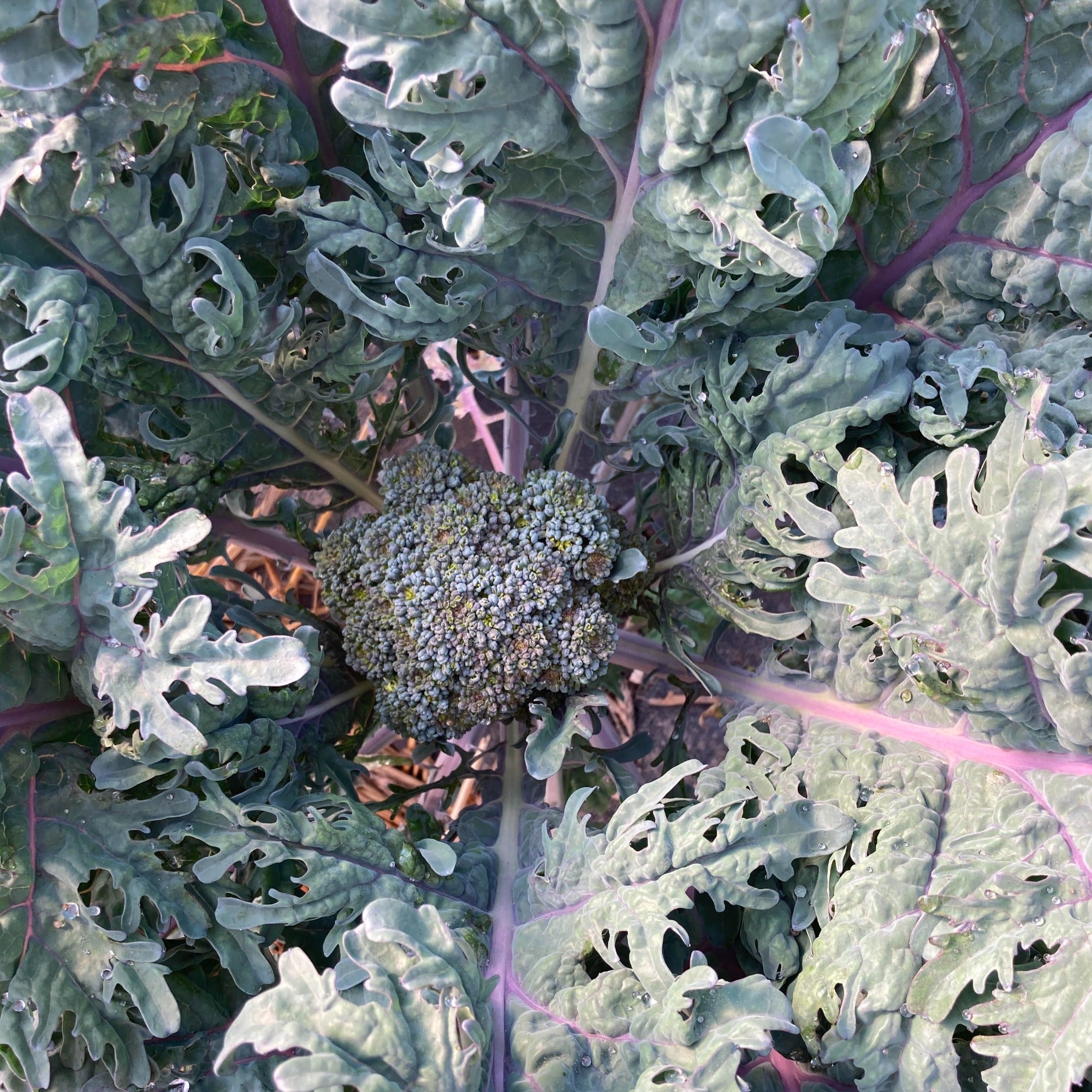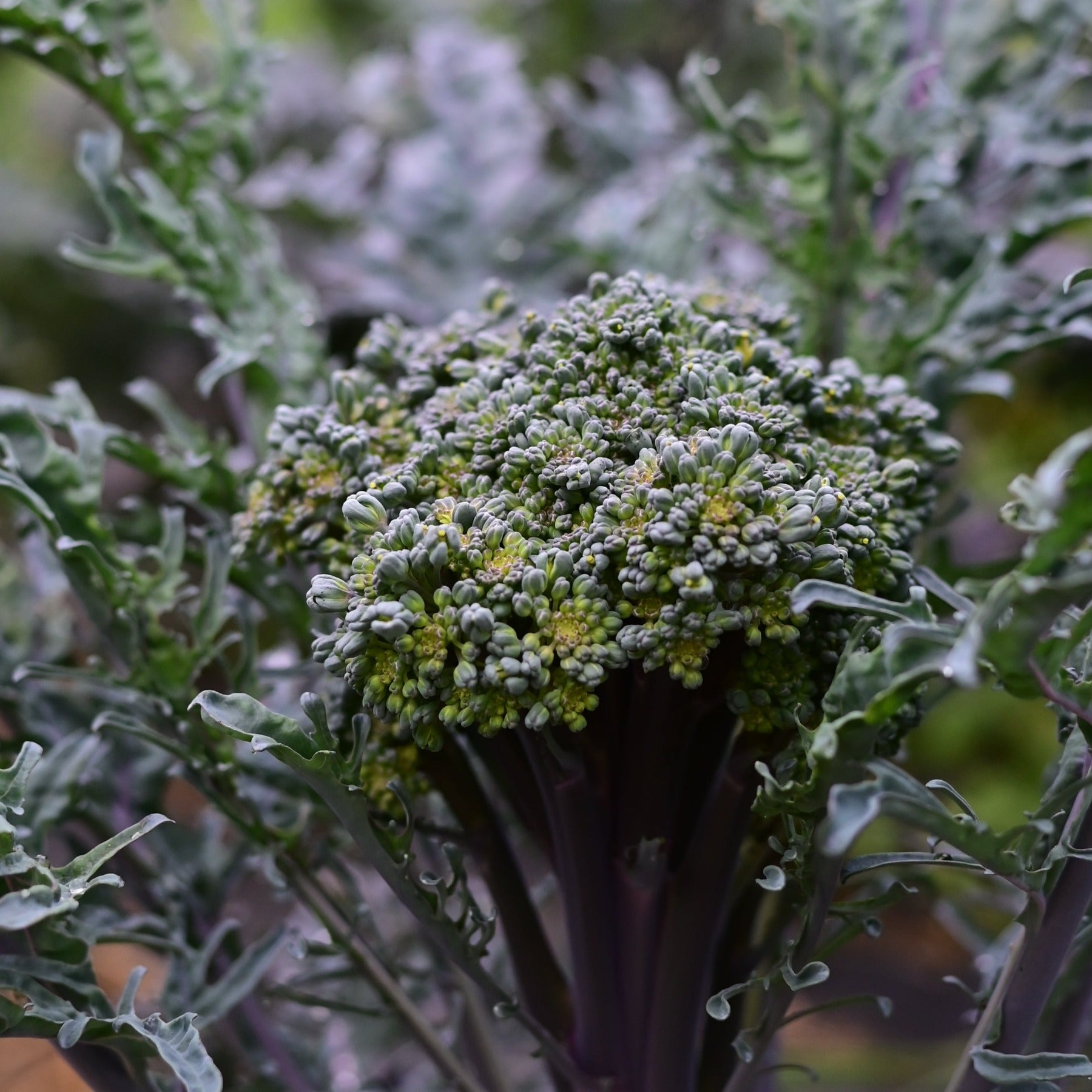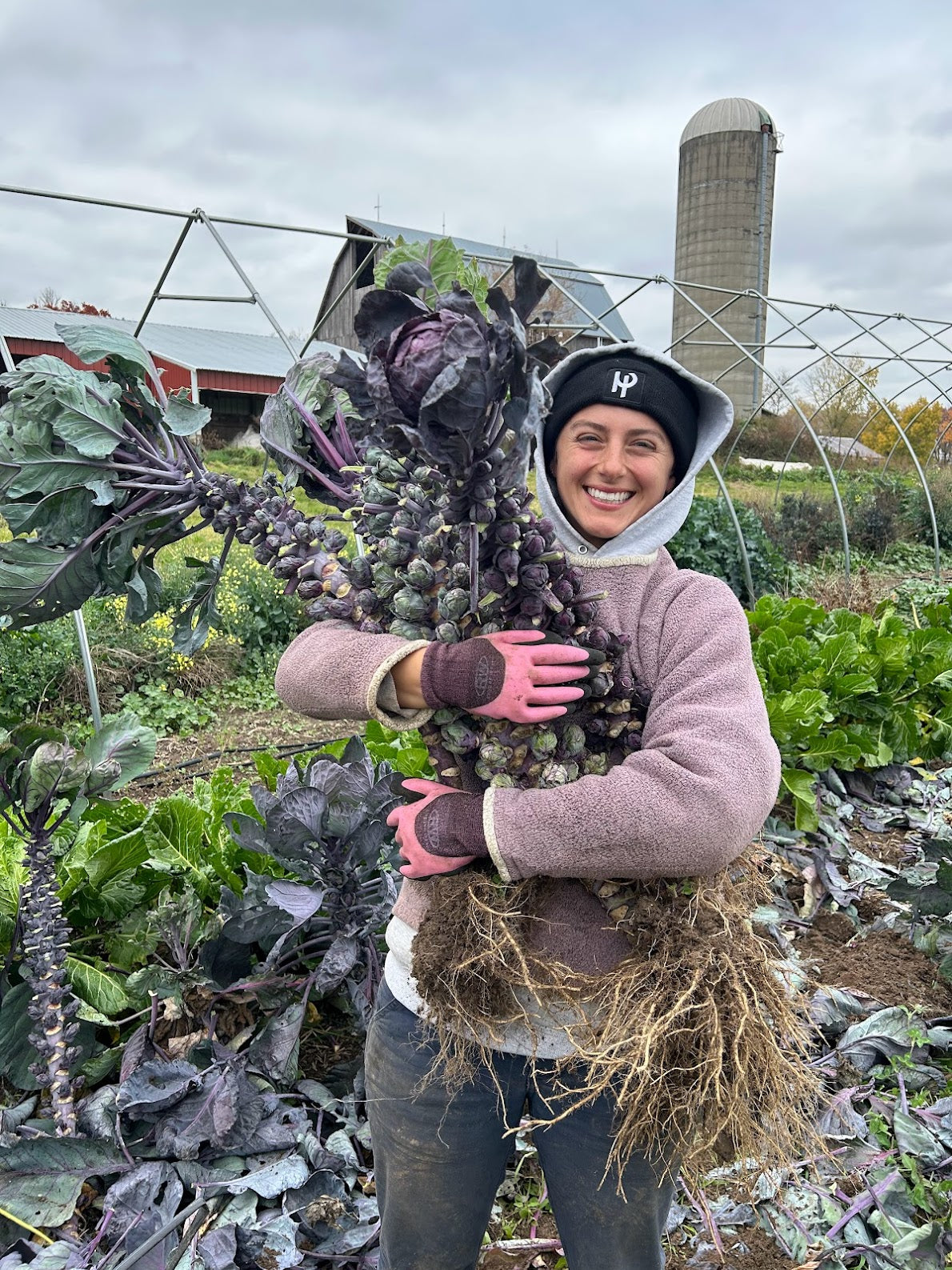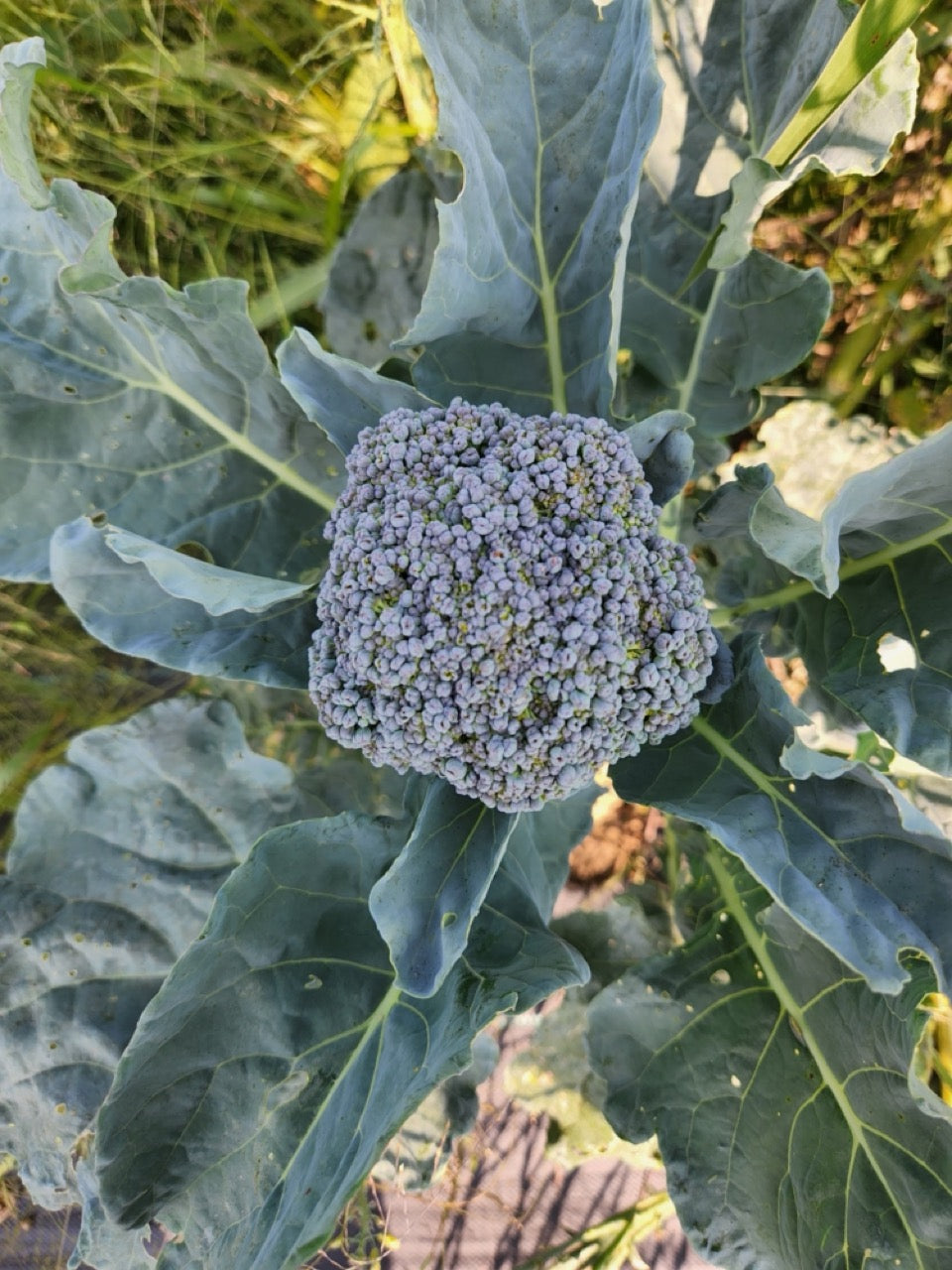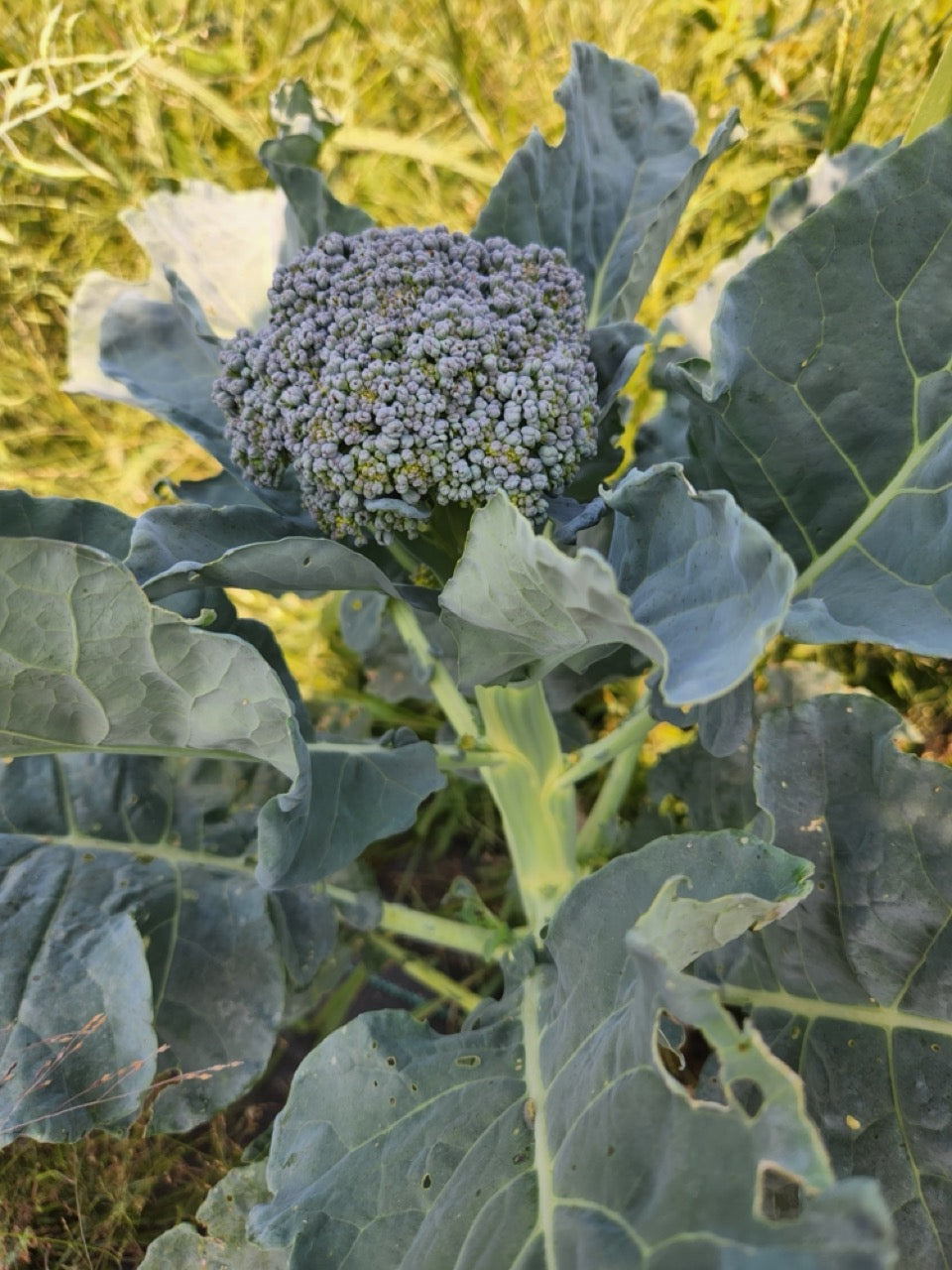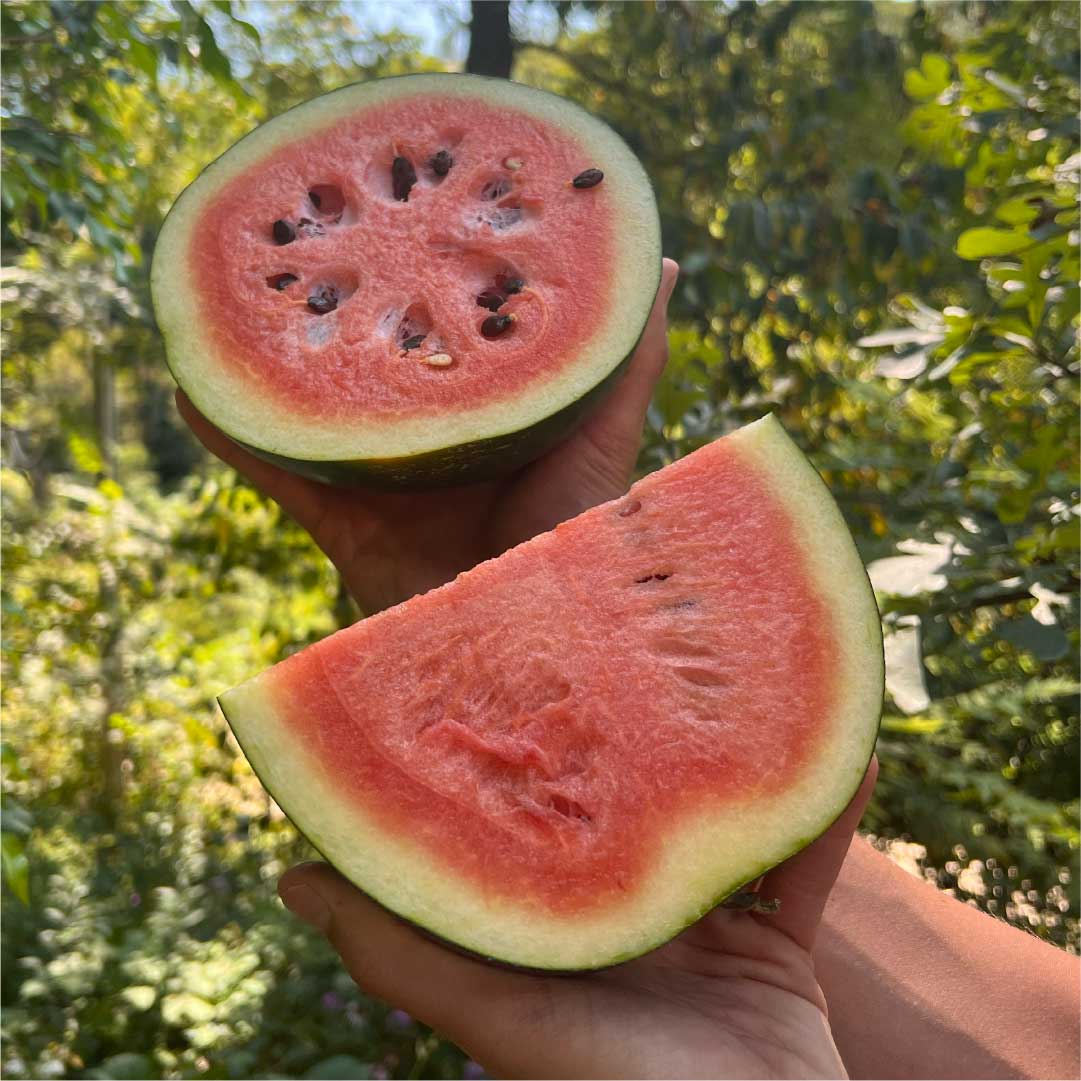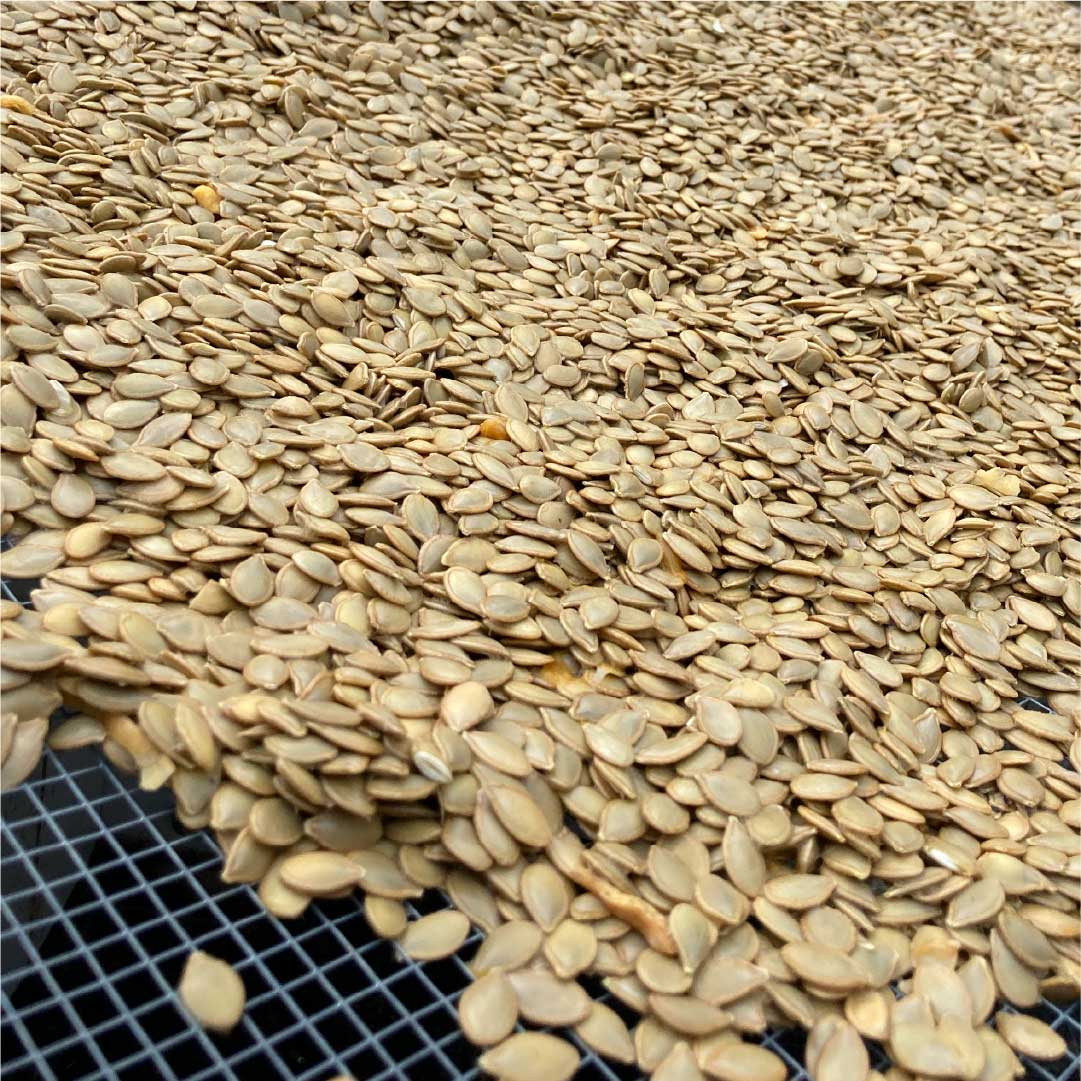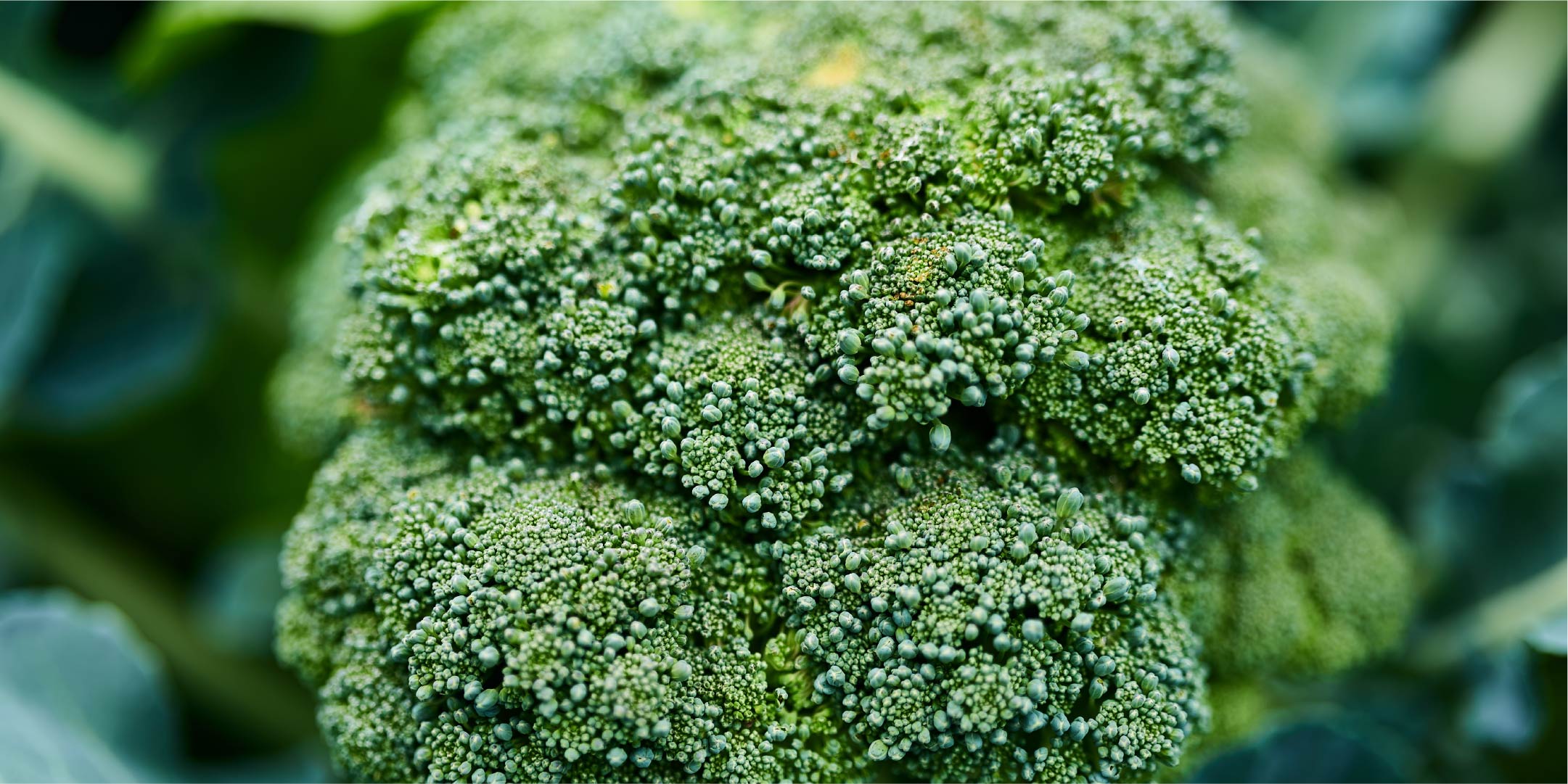
Driftless Seed Supply Grower Resources
Broccoli, Cauliflower, and Romanesco Growing Resources
History and Cultural Significance of Broccoli, Cauliflower, and Romanesco
Broccoli and cauliflower, both members of the Brassica oleracea species, have a long history of cultivation and cultural significance. Originating in the Mediterranean, they were highly valued by the Romans and Greeks for their nutritional benefits. Broccoli was introduced to England in the 18th century and gained popularity in the United States in the early 20th century, largely due to Italian immigrants. Cauliflower has an even older history, with records of its cultivation dating back to the 6th century B.C. in Asia Minor.
Both vegetables have cultural relevance beyond their native regions; they're staples in various global cuisines, from Italian and French to Indian and Chinese. Broccoli is often touted for its high vitamin content and potential anti-cancer properties, making it a symbol of healthy eating. Cauliflower has gained recent fame as a low-carb alternative to grains, making it popular among various dietary groups. Both have transcended their humble origins to become globally recognized symbols of healthful eating.
1) Site Selection and Soil Preparation
Choose well-drained, loamy soil with a pH of 6.0–7.0. Sun exposure should be full to partial. Enrich the soil with well-rotted compost or organic matter to enhance fertility and water retention.
2) Planting: Timing, Spacing, and Depth
Direct Seeding
- Timing: For a spring harvest, direct seed 2–4 weeks before the last frost date. For fall harvest, seed 85–100 days before the first expected frost.
- Spacing: Sow 2–3 seeds in clusters 18-24 inches apart in rows that are 30–36 inches apart. Thin to 1 plant at first true leaves.
- Depth: Seeds should be planted at a depth of 1/4 to 1/2 inch.
Transplanting
- Timing: Transplants for spring should be started indoors 6–8 weeks before the last frost date and transplanted 2–4 weeks before the last frost. For fall, start indoors 85–100 days before the first expected frost and transplant 6 weeks later.
- Spacing: Transplant seedlings 18–24 inches apart in rows 30–36 inches apart.
Both methods benefit from soil that has been well-prepared with organic matter and a balanced fertilizer. Choose the method that best suits your growing conditions and schedule.
3) Irrigation
Provide consistent moisture to maintain even soil moisture. Drip irrigation is most effective in reducing water on foliage, which can lead to disease.
4) Fertilization
- Apply a balanced fertilizer with an N-P-K ratio of around 10-10-10 at planting.
- Side-dress with nitrogen when plants are halfway to maturity.
Fertilization Rates per Acre for Broccoli and Cauliflower Production
Here are generalized recommendations for nutrient rates, although these can vary based on soil test results:
- Nitrogen (N): 100–150 lbs per acre
- Phosphorus (P₂O₅): 80–120 lbs per acre
- Potassium (K₂O): 100–150 lbs per acre
Initial fertilizer application should be incorporated before planting, followed by side-dressing with Nitrogen when plants are halfway to maturity.
5) Pest and Disease Management
- Crop Rotation: At least a 3-year rotation with non-cruciferous crops is recommended.
- Scouting: Look out for cabbage worms, aphids, and flea beetles. For diseases, watch for downy mildew, clubroot, and black rot.
- Exclusion of pests with netting or row cover can be useful while plants are still small, especially in the spring. Covering from planting till the plant canopy touches the row cover is recommended for spring plantings.
Certified Organic Pesticides for Specific Pests and Diseases
- Cabbage Worms: Bacillus thuringiensis (Bt) is a popular organic option effective against caterpillar pests like cabbage worms.
- Aphids: Insecticidal soaps and Neem oil are commonly used for organic aphid control.
- Flea Beetles: Pyrethrin, derived from chrysanthemum flowers, can be used against flea beetles.
- Downy Mildew: Copper-based fungicides can be effective and are allowed in organic farming under specific guidelines.
- Clubroot: Lime can be applied to raise soil pH and make conditions less favorable for the disease. However, lime is more of a soil amendment than a pesticide.
- Black Rot: Actinovate and Serenade are biological fungicides that can be used to manage black rot in an organic setting.
Always consult the label for specific application rates and make sure any pesticide is approved for organic production and registered for use in your state. For tailored recommendations, consult your local agricultural extension service.
6) Harvest Recommendations
- Broccoli: Harvest when the buds of the head are firm and tight, just before the heads flower.
- Cauliflower: Harvest when the curd (head) is compact, white, and firm.
- Methods: Cut heads with at least some of the stem attached, using a sharp knife.
7) Post-Harvest and Storage
- Broccoli: Can be stored in a cold, humid environment for up to 2 weeks.
- Cauliflower: Store in a cold, moist setting for 1–2 weeks.
- Clean and trim both vegetables before storing. Freezing is also an option for longer storage.
Always refer to local and specific guides for the most accurate advice tailored to your specific conditions.
Special Recommendations for Sprouting Broccoli
Sprouting broccoli differs from heading broccoli in several key ways, including its growth habit, harvest timing, and in some cases, nutrient requirements. Here are some specific considerations for sprouting broccoli:
- Sprouting broccoli may require slightly less space between plants, approximately 12–18 inches apart in rows 24–30 inches apart, due to its less voluminous heads.
- Sprouting broccoli might need slightly less nitrogen, around 80–120 lbs per acre, as excessive nitrogen can lead to overly leafy growth at the expense of florets.
- Harvest individual florets as they mature, rather than waiting for a single large head to form.
- Sprouting broccoli is best consumed fresh but can be stored short-term under the same conditions as heading broccoli: a cold, humid environment for up to 2 weeks.

